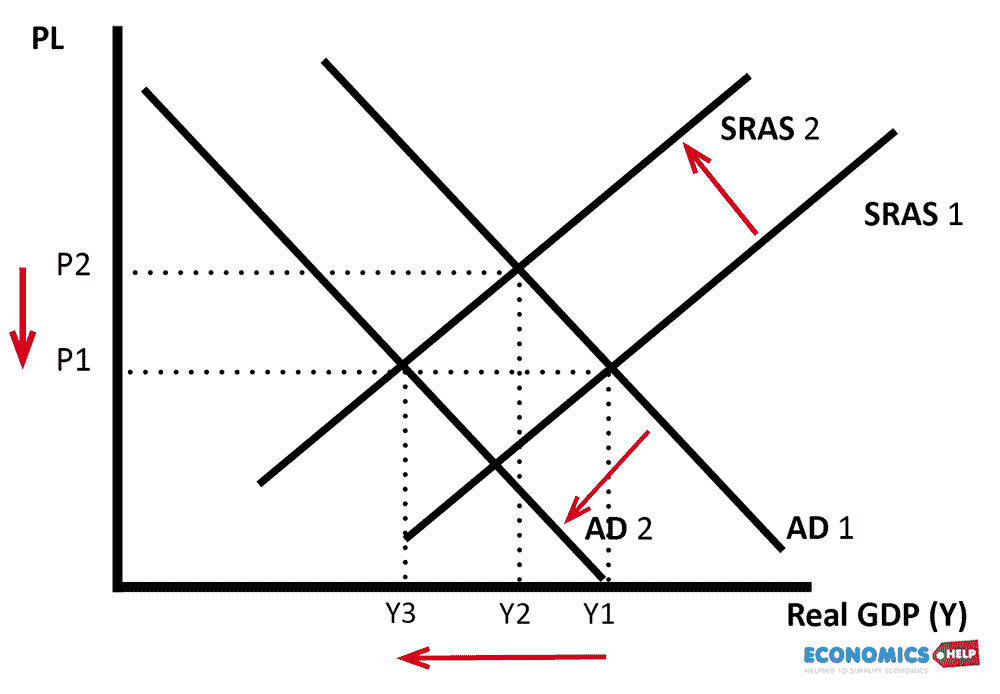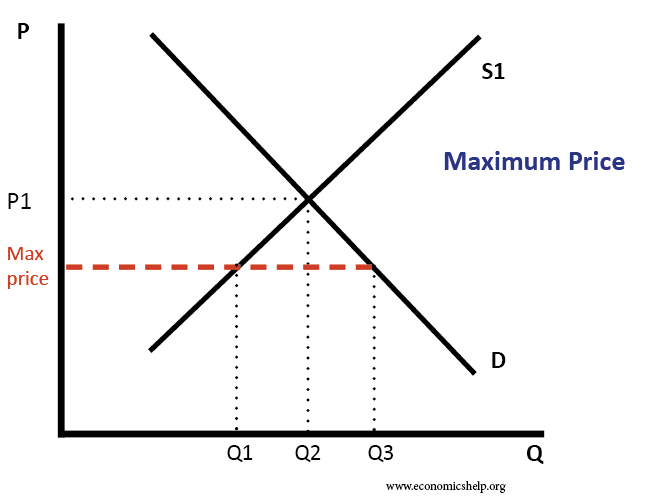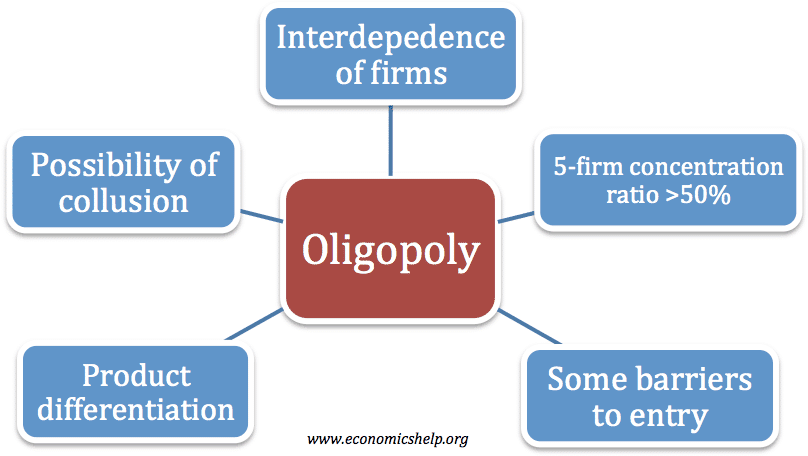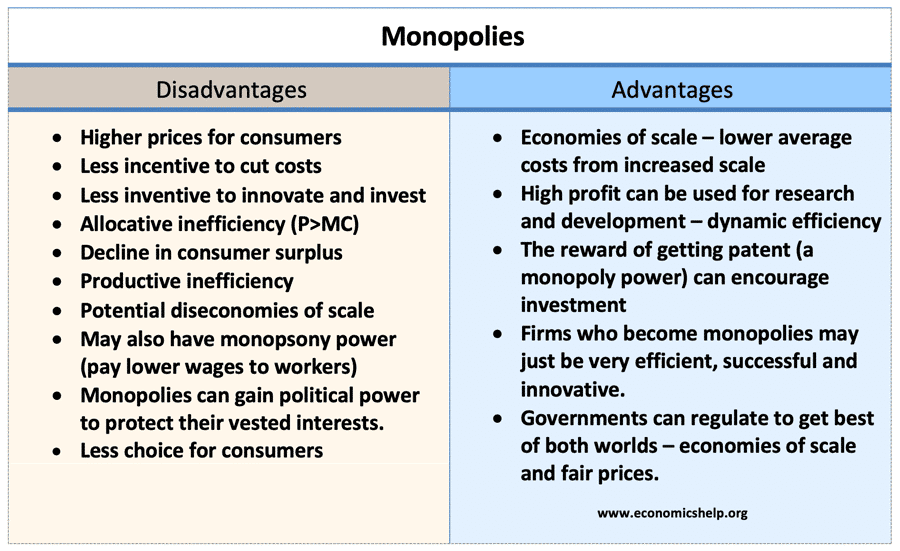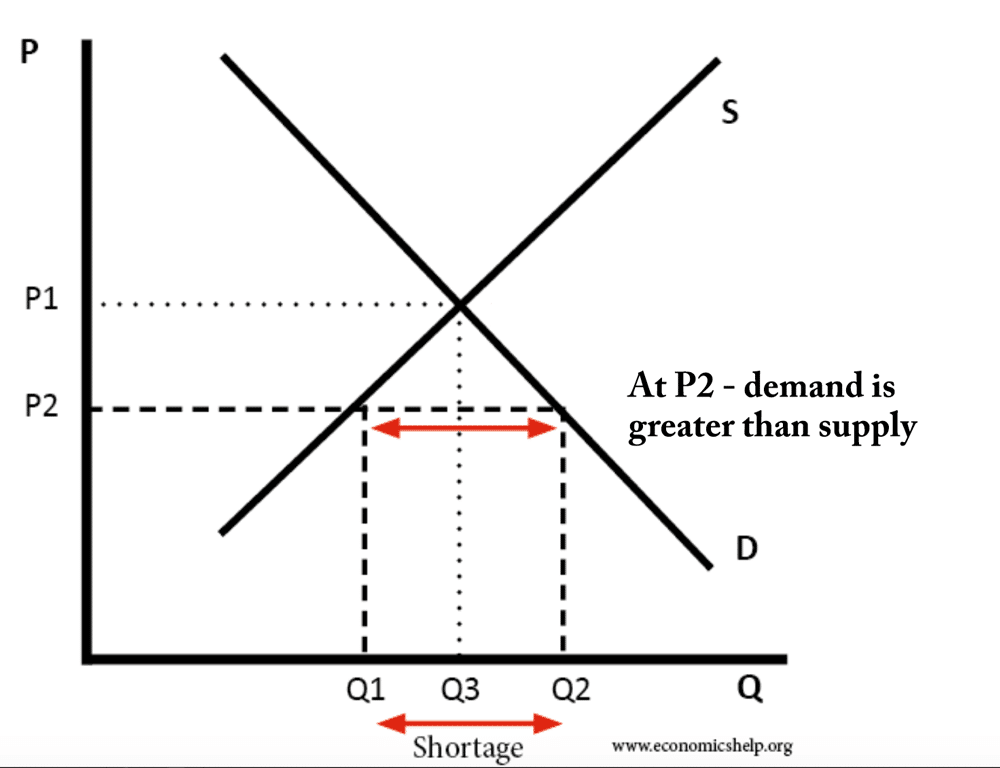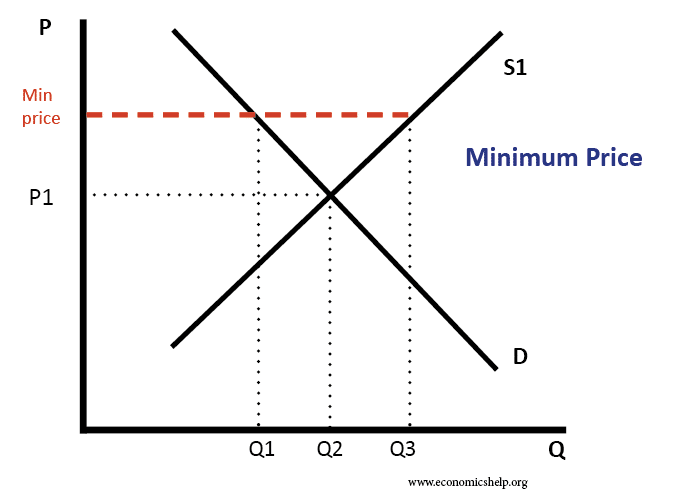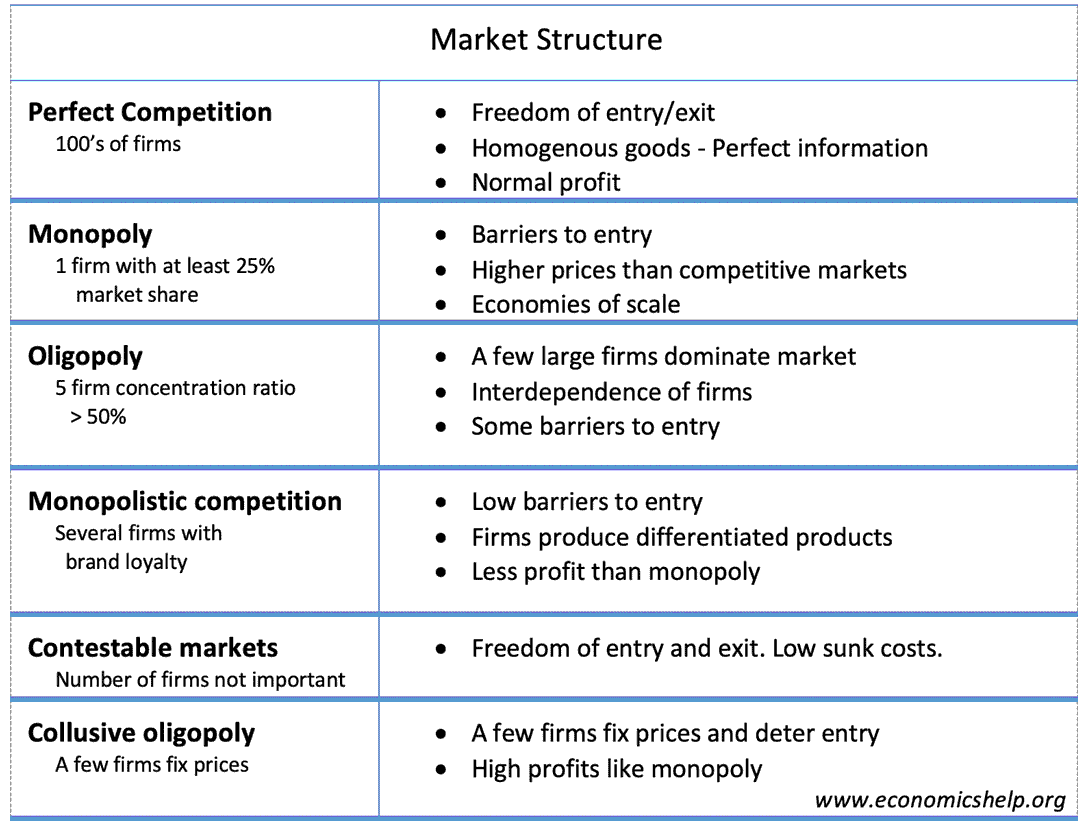Policies to reduce cost-push inflation
Cost-push inflation is caused by higher costs of production, such as rising oil prices, higher nominal wages, and increased commodity prices. To reduce this kind of inflation, the government can pursue deflationary monetary policy and/or supply side policies. But, in truth, it is difficult to reduce cost-push inflation because higher interest rates are likely to …

